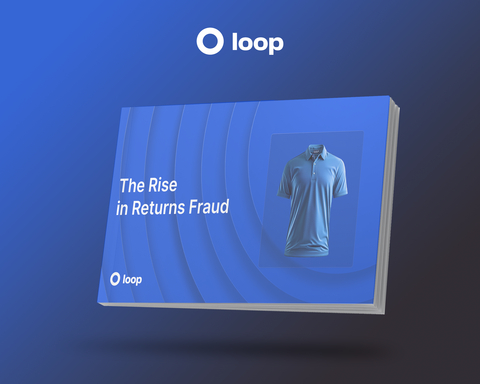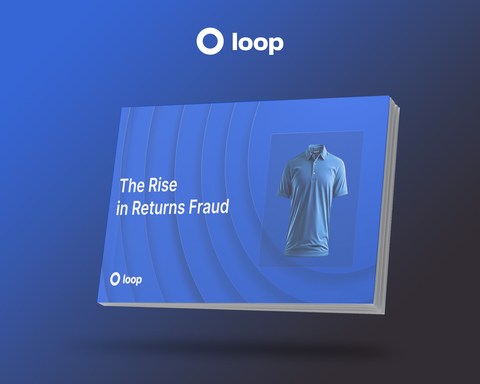LONDON--(BUSINESS WIRE)--Loop, the leading return management platform, today announces the findings of its latest retail industry data report. The global study surveyed those responsible or involved in their company’s returns process and policies, and provides UK-specific insights into the activities which create the biggest challenge to online retailers. The data has revealed a Top 5 list of trends that impact the bottom line and operational running of retail businesses today.
The report showed that retailers identify returns fraud (64%) as currently delivering the biggest headache to their organisation and policy abuse (49%) coming in second. High operational costs (37%) follows in third place, with supply chain disruptions (22%) and growing advertising costs (14%) fourth and fifth on the list of top trends having the most significant impact on their companies today. The survey also found that more than 9 out of 10 (91%) of UK respondents’ companies have experienced an increase in some type of returns fraud or policy abuse in the past 12 months.
The balancing act between maintaining good customer experience and protecting their business against returns fraud is also proving to be a challenge for over half (54%) of all those surveyed.
Respondents believe the primary reason consumers engage in returns fraud is because the current economic climate is leading shoppers to try to exploit return policies to improve their financial situation (55%). Other factors include an intent to use items only temporarily (37%) and dissatisfaction with product quality (25%).
Additional key findings from the report include:
- Customers trying to return items that weren’t eligible for a return (51%) was the most common type of fraud/policy abuse companies experienced in the past 12 months, followed by quality disputes (45%) and wardrobing (35%), where a customer returns an item after they’ve worn it.
- 96% of respondents agree their company is taking this rise in returns fraud and policy abuse seriously. However, less than half of respondents (44%) rate their company’s detection and prevention measures as very effective.
- A majority (53%) of respondents say their company prioritises customer experience over fraud and abuse prevention.
- Tightened return policies (59%), offering store credit or exchange (42%) and implementing return fees (39%) are the most common actions taken in response to returns fraud or policy abuse.
The report also offers actionable insights for retailers and details the steps they can take to better cope with the issue of returns fraud and policy abuse. These include examining consumer behavior as a primary defense mechanism, improving education for consumers about what constitutes fraud, establishing clear consequences for returns fraud versus policy abuse and reviewing all returns data. This includes item grade and disposition data from the returns warehouse, which can make it easier to spot deceitful shoppers.
“Our latest industry data report reveals a notable rise in returns fraud and policy abuse over the past year, highlighting the importance of understanding consumer behavior not just in purchasing, but also in returns,” said CEO, Jonathan Poma. “The challenge is enormous: for every $100 in returned merchandise, retailers lose $10.40 to returns fraud. Retailers are implementing sweeping changes to address this drain on their bottom line, and our insights show that a data-driven, customized approach is key to reducing fraud while delighting genuine customers. Leveraging tools like advanced fraud detection models and return fees can provide merchants with the resources they need to not only mitigate these issues, but also improve their return processes as a whole."
Visit here to view Loop’s full survey findings: https://loopreturns.com/return-fraud-poll.
Click here to explore some of the ways Loop helps retail brands reduce returns abuse and ensure a path to profitability: https://www.loopreturns.com/return-fraud.
Loop surveyed 600+ full-time associates/analysts based in the U.S. (200), U.K. (200) and Australia (200), working in the retail industry and with responsibility over their brand’s return process. The survey was conducted between June 5 and June 11, 2024.
About Loop
Loop is the leading post-purchase platform optimizing returns, exchanges, and reverse logistics for more than 4,000 of the world’s most-loved Shopify brands. Through innovative solutions like Workflows, Instant Exchanges, Shop Now, Bonus Credit, and Offset, Loop helps brands unlock cost savings, increase customer lifetime value, and retain more revenue. Loop has processed over 40 million returns and counting and has helped merchants retain more than $1 billion in revenue over the past five years. Learn more at www.loopreturns.com.




